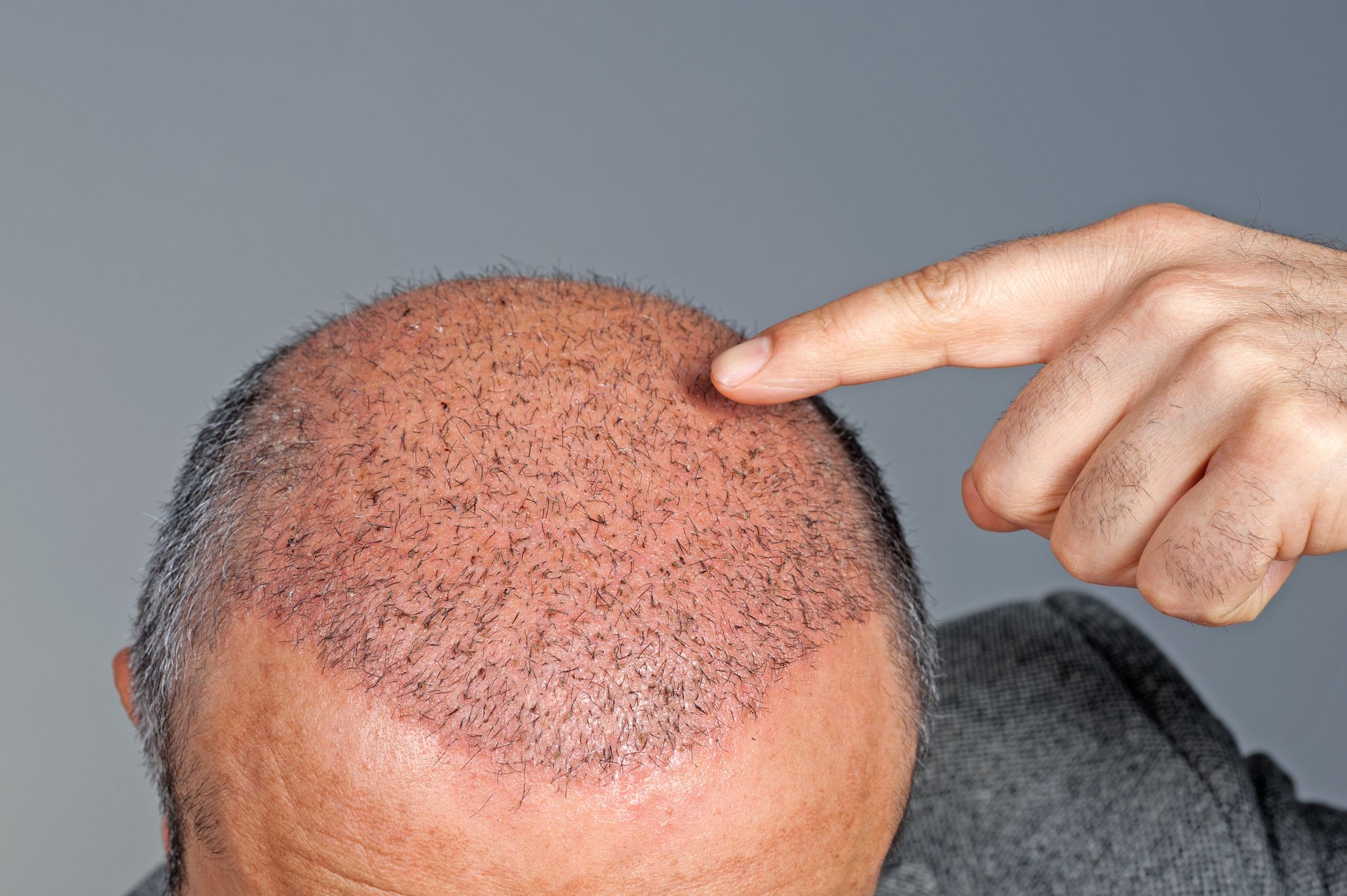Hair loss is a shared concern that can impact self-esteem and confidence. Fortunately, advances in medical technology have provided effective solutions, with hair transplants being one of the most popular options. If you’re weighing a hair restoration procedure, you may wonder how long the results will last. In this article, you will explore the longevity of a hair transplant and what factors can influence its durability.
Understanding the Hair Transplant Process
Before delving into the lifespan of hair transplants, it’s essential to understand the procedure itself. Hair transplantation involves taking hair follicles from one part of the body, typically the back of the scalp (known as the donor area), and implanting them into areas with thinning or no hair (the recipient area). The transplanted hair follicles are genetically invulnerable to the hormone dihydrotestosterone (DHT), responsible for hair loss, making them a long-lasting solution.
The Permanent Nature of Transplanted Hair
The hair follicles successfully transplanted during the procedure retain their genetic resistance to DHT. This means that the hair grown from these follicles is less likely to fall out due to the effects of DHT. As a result, the hair that regrows in the recipient area tends to be permanent and can last a lifetime.
Natural Hair Growth Cycles
While the transplanted hair is permanent, it’s important to note that it follows the natural growth cycle. This means that after the transplant, you may notice some shedding of the newly transplanted hair within the first few weeks. This shedding is a normal part of the process and is temporary.
After shedding, the transplanted hair will gradually start to regrow. It typically takes a few months for the new hair to become visible, and the growth may continue for up to a year or more. Once the hair has fully regrown, it tends to remain in place for the long term.
Maintenance and Care
The longevity of hair transplants also depends on how well you take care of your transplanted hair. While the transplanted hair is permanent, the surrounding native hair may continue to thin over time due to the effects of DHT. To maintain the appearance of fullness and density, some individuals may choose to use hair loss medications or treatments in addition to their transplant.
Proper hair care and maintenance are essential to ensure the longevity of your transplanted hair. This includes regular shampooing and conditioning, avoiding excessive heat or styling damage, and protecting your scalp from sun exposure.
Age and Future Hair Loss
Another factor that can impact the longevity of this procedure is age and future hair loss. Suppose you undergo a hair transplant at a relatively young age and have a family history of significant hair loss. In that case, you may continue to experience hair loss in areas not addressed during the initial transplant. You may need additional transplant sessions to maintain your desired hair density in such cases.
Conclusion: A Lasting Solution
In summary, a hair transplant provides a lasting solution to hair loss. The transplanted hair follicles are genetically resistant to DHT, making the regrown hair permanent. However, it’s important to be patient and understand that the transplanted hair follows a natural growth cycle.
To ensure the best possible results and maximise the longevity of your hair transplant, it’s essential to follow proper care and maintenance routines. Additionally, consider factors like age and future hair loss when planning your transplant to achieve the desired long-term outcome. Overall, a well-executed hair transplant can provide a lasting and natural-looking solution to hair loss concerns.

